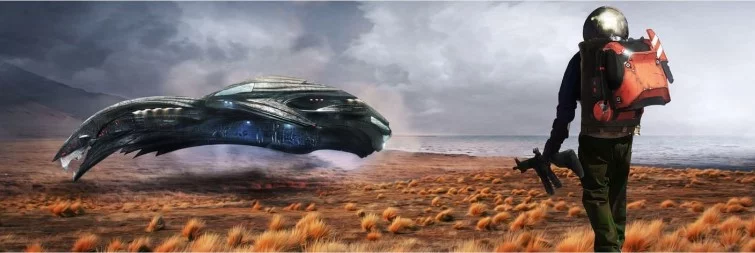Namaste: India officially joins the space superpowers!

The battle for space invasion has gained another contestant. As of recently, India is also preparing to send a man into space. Although this was bound to happen sooner rather than later, below are the details available to the public so far.
India is gearing up for the final test steps before sending India’s first astronaut into space on a domiciliary spacecraft.
Before the end of this year (2024), the spaceship Gaganyaan, without a human crew, but with a humanoid robot Vyommitra, with female attributes, will be sent into Earth’s orbit by the LVM3 rocket.
The purpose of this robot-girl is to examine the conditions in the ship’s cabin (gravitational forces, vibrations, radiation…) and the maintenance of living conditions.
Depending on the outcome of this mission, two more launches of their unmanned ship are planned during 2025. It is realistic to expect the “Indian Gagarin” at the end of 2025 or at the latest during 2026.
Shortly after the first manned mission, the second one will follow. It is not yet known whether one or two or three astronauts will participate in these missions.
This will make India, after Russia, the USA and China, the fourth space superpower capable of sending people into space with its own forces.

The current mission is called G1. The launch will take place from the Satish Dhawan Space Centre, located on the island of Sriharikota. The LVM3 launch vehicle is currently being completed there.
The Gaganyaan spacecraft, service module and crew module with subsystems are being integrated into a functional unit at the Vikram Sarabhai Space Center and the U R Rao Satellite Centre.
After full integration and testing, it will be transported to the island of Sriharikota.
The connection of the rocket and the ship and pre-launch preparations are expected at the beginning of autumn this year, and then the launch itself in late autumn or early winter.
The Gaganyaan spacecraft relies heavily on Russian technology. It is intended for a crew of up to three astronauts who can stay in space for seven days. The mass of the ship is slightly over eight tons (8,200 kg), the diameter of the capsule is 3.5 m, the height is 3.58 m, the internal volume is 8 m3.
The service module provides rocket systems for maneuvering in orbit as well as photovoltaic panels for electricity supply. At the end of the mission, the service module and the crew module are separated, and while the former burns up in the atmosphere, the latter safely lowers the spaceship to Earth using a parachute system.

In the last seconds before the impact, the retrorockets are ignited, a system entirely “borrowed” from the Russian Soyuz. Indian astronauts will use Russian-made spacesuits during their space flight.
In recent years, the Indian Space Agency (ISRO) has conducted numerous tests of the launch vehicle and spacecraft systems, including missions of a scaled-down model of the same. At this moment, India has its first astronaut squad ready, which currently consists of four men.
The names of the first planned crew members:
- Group Captain Prasanth Nair.
- Group Captain Ajit Krishnan.
- Group Captain Angad Pratap.
- Wing Commander Shubhanshu Shukla.
Still, we’d like to add this important statement from the year 1984:
“Space is for everybody. It’s not just for a few people in science or math, or for a select group of astronauts. That’s our new frontier out there, and it’s everybody’s business to know about space.” – Christa McAuliffe, National Congress of Parents and Teachers
Want to read more about the universe? Visit our blog!

